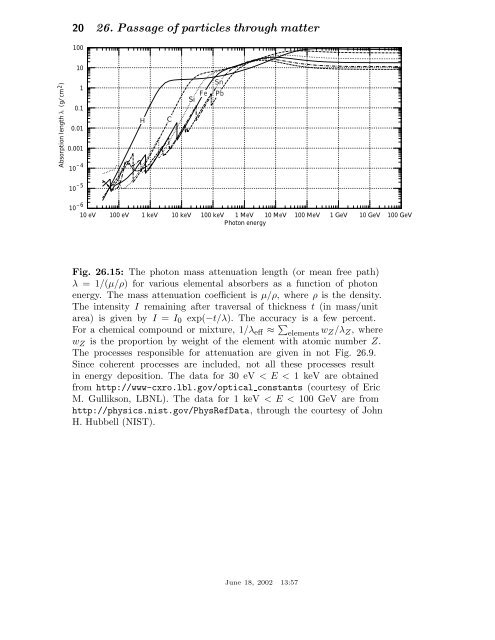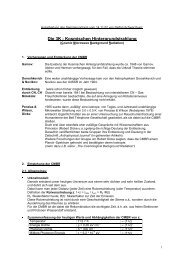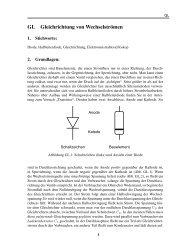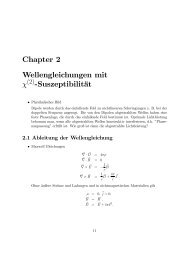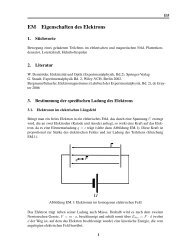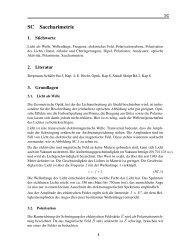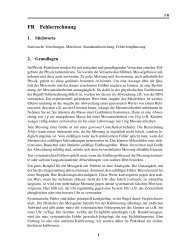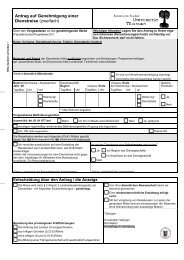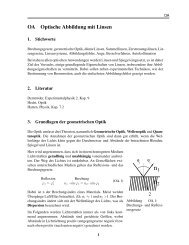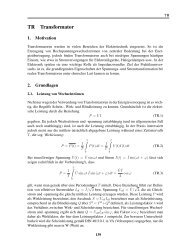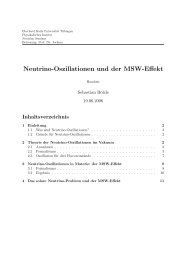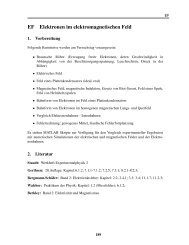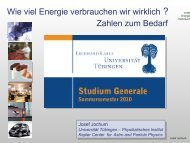26. passage of particles through matter - Particle Data Group
26. passage of particles through matter - Particle Data Group
26. passage of particles through matter - Particle Data Group
You also want an ePaper? Increase the reach of your titles
YUMPU automatically turns print PDFs into web optimized ePapers that Google loves.
20 <strong>26.</strong> Passage <strong>of</strong> <strong>particles</strong> <strong>through</strong> <strong>matter</strong><br />
100<br />
Absorption length λ (g/cm 2 )<br />
10<br />
Sn<br />
1<br />
Fe Pb<br />
Si<br />
0.1<br />
H C<br />
0.01<br />
0.001<br />
10 –4<br />
10 –5<br />
10 –6 10 eV 100 eV 1 keV 10 keV 100 keV 1 MeV 10 MeV 100 MeV 1 GeV 10 GeV 100 GeV<br />
Photon energy<br />
Fig. <strong>26.</strong>15: The photon mass attenuation length (or mean free path)<br />
λ =1/(µ/ρ) for various elemental absorbers as a function <strong>of</strong> photon<br />
energy. The mass attenuation coefficient is µ/ρ, whereρis the density.<br />
The intensity I remaining after traversal <strong>of</strong> thickness t (in mass/unit<br />
area) is given by I = I 0 exp(−t/λ). The accuracy is a few percent.<br />
For a chemical compound or mixture, 1/λ eff ≈ ∑ elements w Z/λ Z ,where<br />
w Z is the proportion by weight <strong>of</strong> the element with atomic number Z.<br />
The processes responsible for attenuation are given in not Fig. <strong>26.</strong>9.<br />
Since coherent processes are included, not all these processes result<br />
in energy deposition. The data for 30 eV


